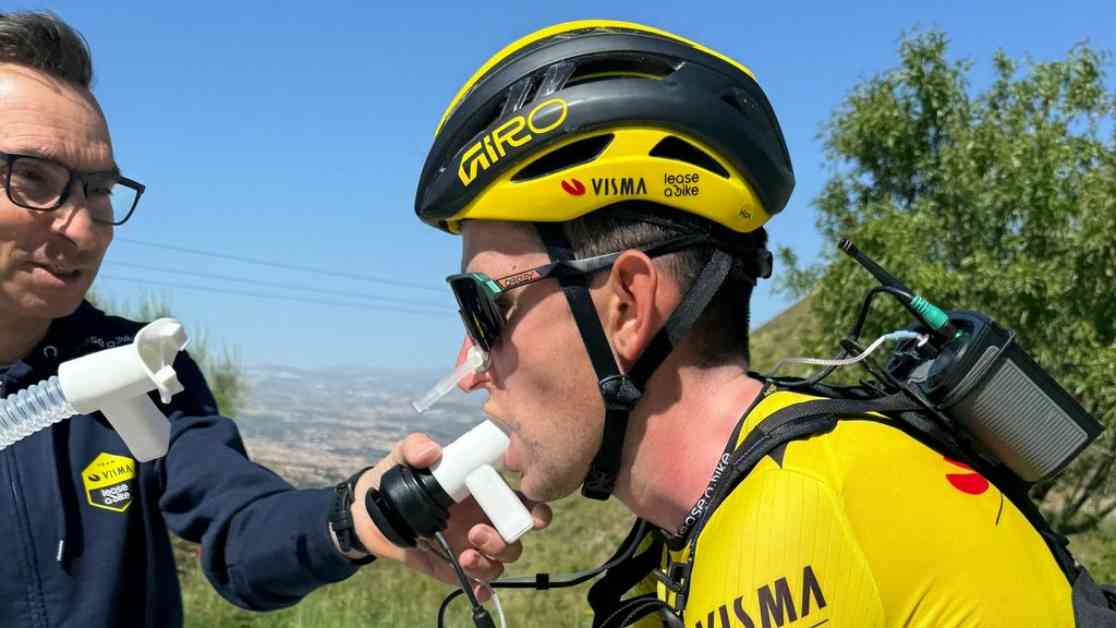Norwegian to “the Charm of the intestine” in 2015, starting a new wave of populærvitskap in Norway. A alternative, of the most talked about books have in common is that they have titles that rimar. A number of these books are insightful and important, and contributes to breaking down the taboo and to make lesaren familiar with the function of a particular organ.
Åsmund H. Eikenes. Show more
But it is rare that the books manage to lift your gaze from the chosen body part and put the knowledge into a larger context. It tapar readers.
Readers deserve books with greater ambitions than to convey factual information. Populærvitskapen is at its best when it opens up a new world for lesaren, when the stories explorer surprising and big questions that get us to think.
Here are three great examples from 2018, three important books that is about more than just fetal development, chemical element, and the brain’s GPS:
“ The first mystery”: In a biletrikt and leikent language rights biologist Katharina Vestre linsa against the mysterious that happens between befrukting to the birth. The author uses taken up in the fetus as a springboard to write about a selection, the biological theme.
We get to read about the Norwegian with the first microscope, we understand why the bananflugeforsking is important, and we get a new look at the role of menstruation in the animal kingdom. At the same time shows the Western us how everything in nature are connected, and gets us to see the human as a part of something bigger.
From stood on the theories to understandable facts about how life is to Dagbladet Plus
“ Human elements”: In the brageprisvinnande book about the grunnstoffa use fysikar Anja Røyne experience say as a scientist and forelesar to pull up the big lines in the naturvitskapen. To answer whether we human are in danger of using up the resources on the globe, shows the writer a professional-founded optimism that cooperation and community have value, even beyond her own discipline.
what makes The book a prakteksempel on what genre populærvitskap can be, is the way Røyne place the new knowledge into the major, and current debates about society and the future of our. The book is not only a velskriven narratives about grunnstoffa, it is also a book about to be a human being on earth today.
“ the Pursuit of stedsansen”: The third example is a living detektivhistorie about the brain’s GPS. Kjemikar and forskingsjournalist Unni Eikeseth have interviewed May Britt Moser and Edvard Moser on oppdagingane that led up to the nobel Prize in medicine in 2014.
the Brain has the main role in the book of May-Britt and Edvard Moser Norwegian newspaper Dagbladet Plus
Eikeseth take lesaren with forskingslaboratoriet, and uses detailed presentation of the chosen experiment to give life to the cutting-edge results. Lesaren come close to oppturar and nedturar, and get a unique insight in them langsame processes that provide research results to adhere to in verdsklasse.
Eikeseth paint a nuanced picture of the figure behind the oppdagingane, and shows that scientists are also human.
The three writers helps in every way to make the popular scientific books relevant to how we understand life and society. Writers write up contexts that provokes reflection at lesaren.
to get it to take them in a wide range of literary tools in their books. They create scenes, rammar into new discoveries in engaging narrative, and uses journalistic grip reportasjar and interview.
Western, Røyne and Eikeseth pull up historical lines, pointing forward, and spread his gaze both inward and outward. We need more such books. We need good literature gets us to think, no more titles as rimar.
Åsmund H. Eikenes has a doctorate in cell biology and works as a writer and as a senior lecturer at the University of Oslo.








